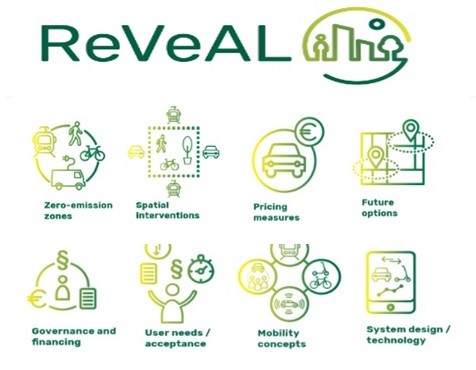

The Reveal Research Project involving nine participants from seven European countries has the noble objective of producing aluminium from alumina in a way that emits the least amount of carbon dioxide. The project magnifies a vital idea if aluminium can hold electricity as heat that can be released later to warm the houses and constructions during the chilly winter conditions.

Reveal has amplified its study to evolve the technology permitting energy storage from wind, PV and hydropower for long periods spending a negligible amount of money. It has based its preliminary findings on the SPF Institute for Solar Technology, a part of the OST Eastern Switzerland University of Applied Sciences. Nine environmentally careful partners from seven European countries have come together to shape the study.
This latest idea is entirely different from the conventional procedure of storing energy in batteries, hydrogen or synthetic fuel mediums. Aluminium is largely used in construction, making this innovation noteworthy as it might serve as a one-time investment for the consumer to keep the walls of his residence thermally charged. Moreover, if this study is successful, humans might have a chance of claiming aluminium is highly flexible as it can be used for such a technologically enhanced purpose.
Experimental researchers in Iceland were keen on showing how renewable resources can be chemically modified to be stored as energy in aluminium, largely omitting greenhouse gas emissions. The OST University team justified this by exhibiting the energy storage capacity of aluminium, later generating heat and electricity.
Among the intense supporters of the Reveal Research programme are; the Swiss State Secretariat for Education, Research and Innovation (SERI) and the EU Horizon Europe funding initiative, who have raised a substantial amount of US$3.7 million to commission the project, which is estimated to be effective by 2026.
After gauging the entire research model and discussing the variable effects of the discovery, it can be quickly notified that this method will be cheaper than the usual power-to-gas or synthetic fuel consumption.
When discharged, the energy stored in the aluminium might cause reaction products that can be melted into a fresh batch of aluminium with new energy. To conclude, the success of the Research Programme lies in the satisfactory completion of all tests, which will determine the environmental gain that the product might bring in after proofing the sustainability quotient, the Eastern Swiss University of Applied Sciences confirmed.
Responses








